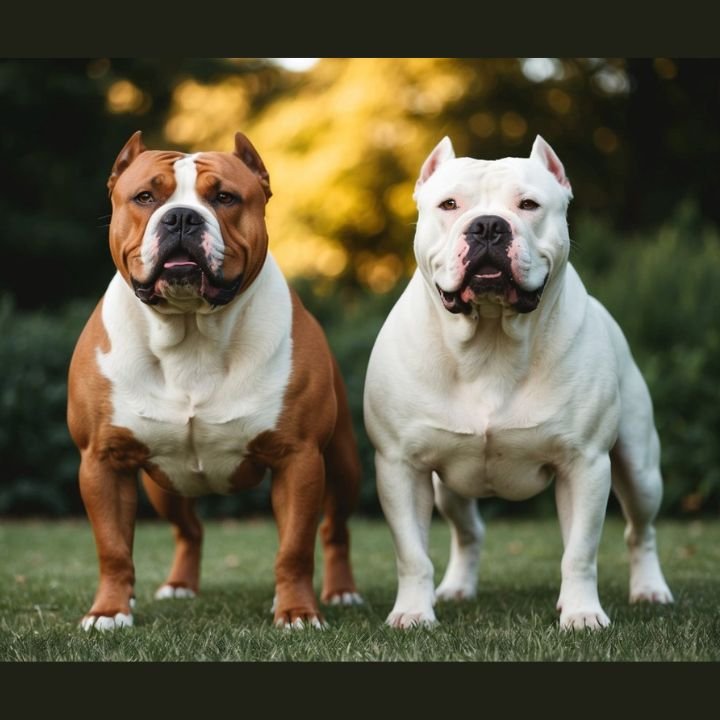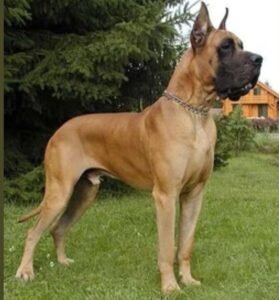If you’re considering adding a new canine companion to your family and are intrigued by the unique appeal of the Pocket Bully Dog, you’re in the right place. Known for their muscular build, compact size, and friendly demeanor, Pocket Bullies have become increasingly popular among dog lovers. In this article, we’ll explore everything you need to know about the Pocket Bully Dog, including its key characteristics, health considerations, training tips, and where to find one. By the end, you’ll have a well-rounded understanding of what makes these dogs so special and whether they might be the perfect fit for you.
Table of Contents
- What is a Pocket Bully Dog?
- Key Characteristics of the Pocket Bully Dog
- Is the Pocket Bully Dog Right for You?
- Health Considerations for Pocket Bully Dogs
- Training and Socialization Tips
- Feeding Your Pocket Bully Dog
- Where to Find a Pocket Bully Dog
- Final Thoughts on Pocket Bully Dogs
What is a Pocket Bully Dog?
The Pocket Bully Dog is a smaller version of the American Bully breed, which itself is a mix of several breeds, including the American Pit Bull Terrier, the Staffordshire Bull Terrier, and the American Bulldog. The Pocket Bully, however, stands out due to its shorter stature and muscular physique. Typically, they reach a height of about 14 to 17 inches at the shoulder, with males being slightly larger than females.
Despite their intimidating muscular build, Pocket Bullies are known for their friendly, loyal, and affectionate nature. They make great family pets and are often favored by people who live in apartments or have limited space but still want a dog with a strong, protective demeanor.
Read more: White German Shepherd
Key Characteristics of the Pocket Bully Dog
1. Size and Build
One of the most defining characteristics of the Pocket Bully is its compact size combined with a muscular build. While they may look imposing, their small size makes them more manageable for people who prefer a smaller dog that still has the appearance of a strong, athletic breed.
2. Temperament
Pocket Bullies are renowned for their friendly and affectionate personalities. They are social dogs that love attention from their families and are often described as “people dogs.” Despite their intimidating looks, they are usually very gentle with children and can get along well with other pets, especially if socialized early.
3. Coat and Colors
The coat of the Pocket Bully is short and smooth, requiring minimal grooming. They come in a wide variety of colors, including fawn, blue, brindle, and even tri-color patterns. Their coat shines when well-maintained and is one of the breed’s most attractive features.
4. Energy Level
Pocket Bullies are moderately energetic, requiring daily exercise and mental stimulation. They are playful dogs but are also content with a few play sessions and cuddles. Due to their compact size, they can thrive in both small apartments and larger homes, provided they get enough activity.
Is the Pocket Bully Dog Right for You?
Before deciding to adopt a Pocket Bully Dog, it’s essential to consider if they are a good fit for your lifestyle. These dogs are best suited for active families or individuals who can dedicate time to their training, exercise, and companionship.

Space Considerations
While they are small enough to live in apartments, Pocket Bullies still need space to run and play. A backyard or access to a dog park is ideal for giving them the freedom to expend energy. However, if you live in an apartment, daily walks and regular playtime will help keep them satisfied.
Time Commitment
Though they are relatively low-maintenance in terms of grooming, Pocket Bullies need consistent training and attention. Their strong, muscular frame means that without proper training, they could become stubborn or even aggressive, so early socialization is a must.
Compatibility with Other Pets
Pocket Bullies tend to do well with other pets, including dogs and cats, if they are introduced early. However, because of their instinct to protect, they may need supervision around smaller animals. Early socialization and proper training can help prevent undesirable behaviors.
Health Considerations for Pocket Bully Dogs
Like all breeds, the Pocket Bully is prone to certain health issues. Understanding these potential health problems and how to prevent them is crucial in ensuring your dog lives a long, healthy life.
1. Hip Dysplasia
Due to their stocky, muscular build, Pocket Bullies can be prone to hip dysplasia, a condition where the hip joint doesn’t develop properly. Regular vet check-ups, maintaining a healthy weight, and providing joint supplements can help mitigate this risk.
2. Heart Disease
Heart conditions, including hypertrophic cardiomyopathy, can affect Pocket Bullies, especially as they age. Routine vet visits are essential for early detection of any heart issues.
3. Skin Allergies
Though their short coat is low-maintenance, some Pocket Bullies are susceptible to skin allergies. Keep an eye on signs like excessive scratching or hot spots, and consult your vet for an appropriate treatment plan.
4. Obesity
Because of their compact size, it can be easy to overfeed a Pocket Bully, leading to obesity. It’s important to monitor their diet and provide them with a balanced, age-appropriate meal plan to maintain a healthy weight.
Training and Socialization Tips
Training a Pocket Bully requires consistency, patience, and positive reinforcement. These dogs are intelligent and eager to please, but they can also be independent and stubborn if not properly guided.
1. Early Socialization
Introduce your Pocket Bully to a variety of people, animals, and environments from a young age. Proper socialization will help your dog develop into a well-mannered adult dog and prevent behavioral problems like aggression or fearfulness.
2. Basic Obedience Training
Start with basic commands like “sit,” “stay,” and “come.” Pocket Bullies respond well to treats and praise, so use positive reinforcement techniques to motivate them during training sessions.
3. Leash Training
Because of their strength and energetic nature, teaching your Pocket Bully proper leash manners is crucial. Start training early to avoid pulling or lunging while on walks.
Feeding Your Pocket Bully Dog
A balanced, high-quality diet is essential for keeping your Pocket Bully healthy and happy. They should be fed a dog food formula specifically designed for muscular breeds. Look for foods rich in protein to support their muscle development and healthy fats to keep their coat shiny.
Feeding Schedule
Feed your Pocket Bully two meals per day—one in the morning and one in the evening—to help maintain their energy levels and prevent obesity. Measure their food portions according to their weight, age, and activity level.
Where to Find a Pocket Bully Dog
Finding a reputable breeder or rescue organization is essential if you’re looking to adopt a Pocket Bully. Make sure the breeder is responsible and ethical by asking for health clearances and seeing the conditions in which the puppies are raised. You can also check with local breed-specific rescues or animal shelters to find a Pocket Bully in need of a loving home.
Final Thoughts on Pocket Bully Dogs
The Pocket Bully Dog is a wonderful, compact companion known for its loyalty, strength, and affectionate nature. Whether you live in an apartment or a house, these dogs can fit seamlessly into various living environments, as long as their exercise and socialization needs are met. Before deciding if a Pocket Bully is the right dog for you, it’s important to consider their training, health, and exercise requirements. With proper care and attention, a Pocket Bully can be an excellent, loving family pet that brings joy and companionship to your life.











